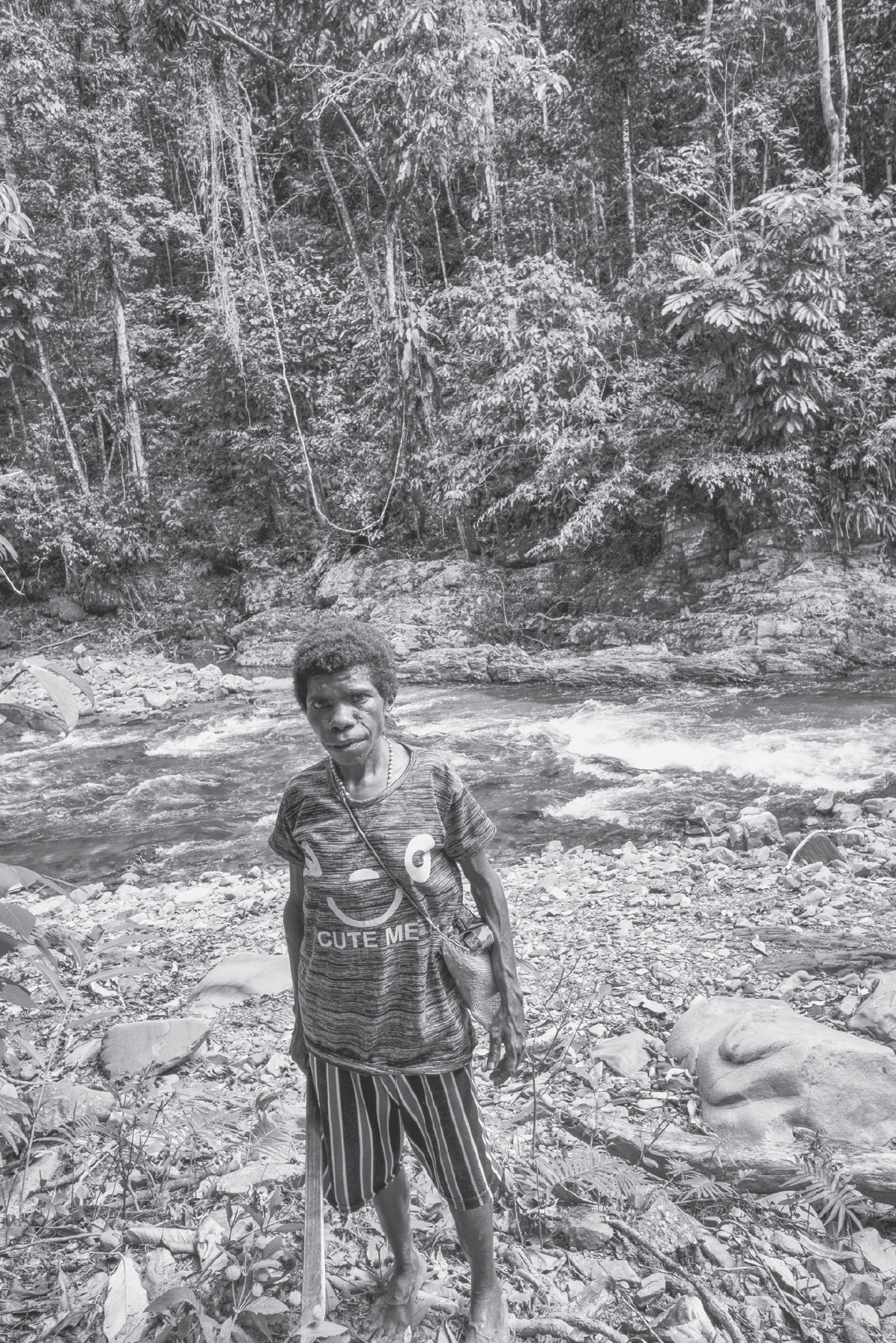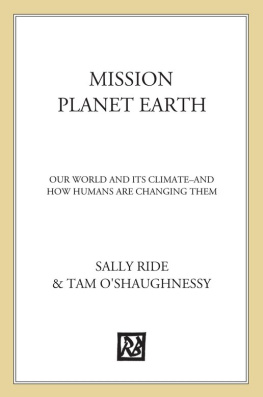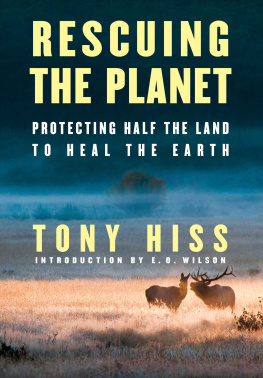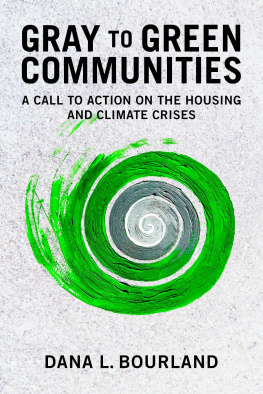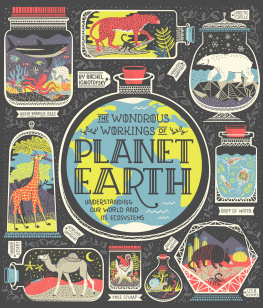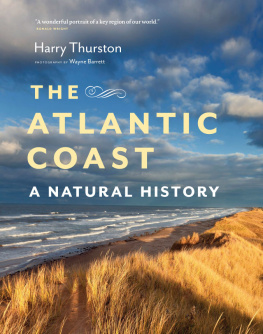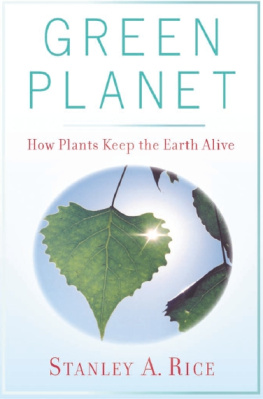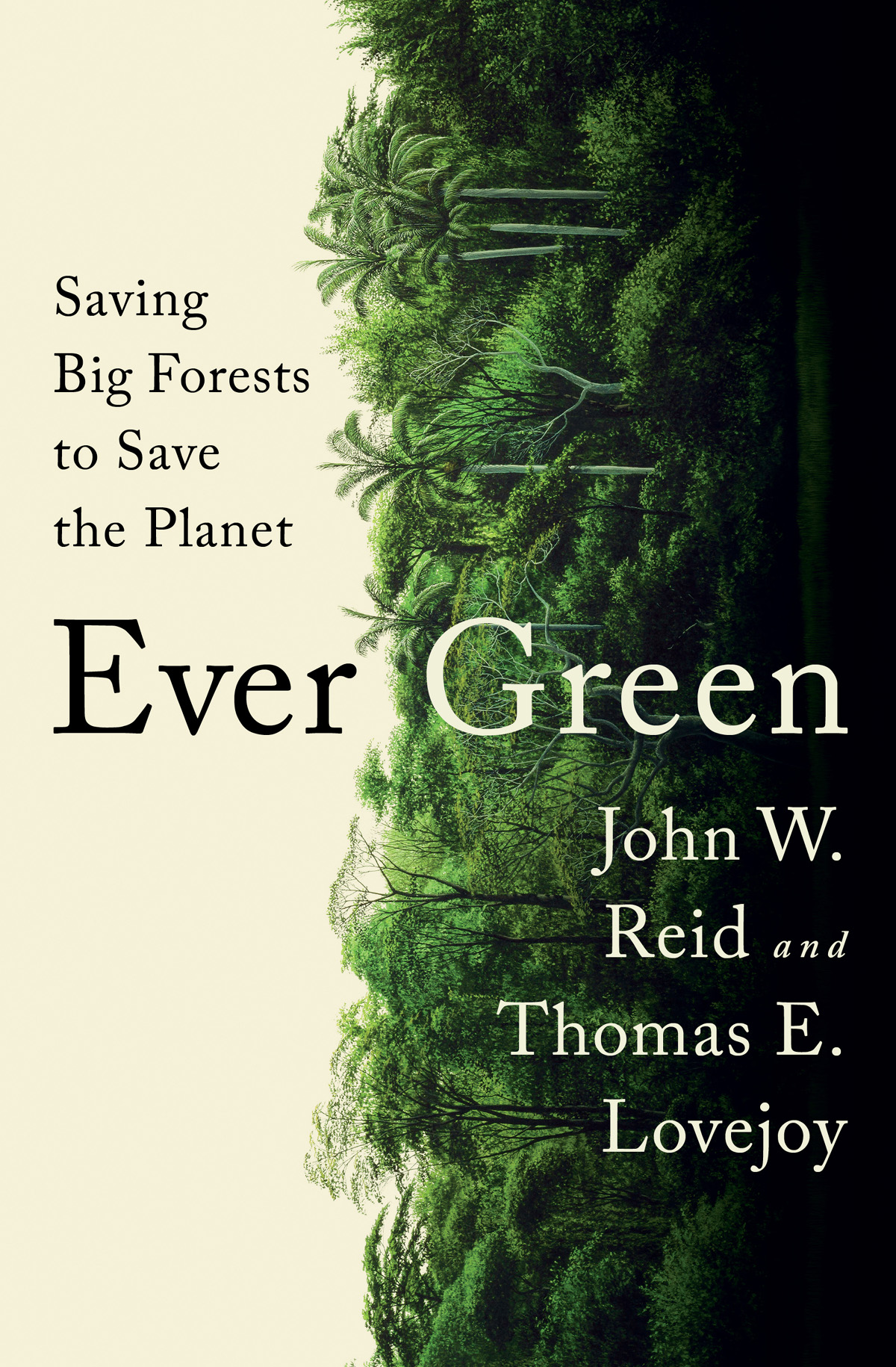Table of Contents
Guide
Page List
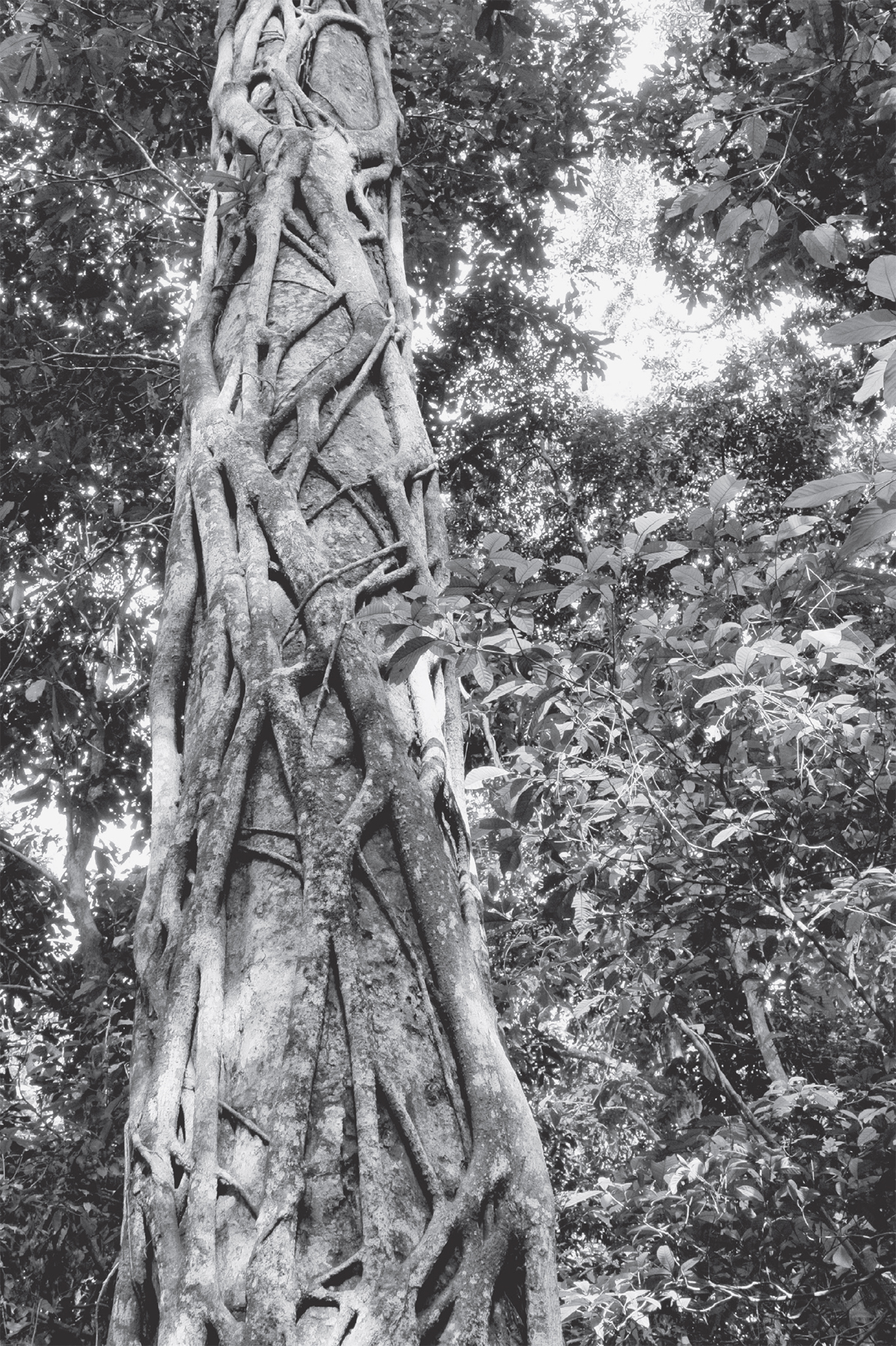
Ever Green
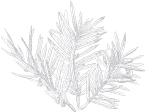
SAVING BIG FORESTS TO SAVE THE PLANET
John W. Reid and Thomas E. Lovejoy

John: For Carol, Jessica, Charlie, Mom, and Dad
Tom: For Betsy, Kata, and Annie
CONTENTS
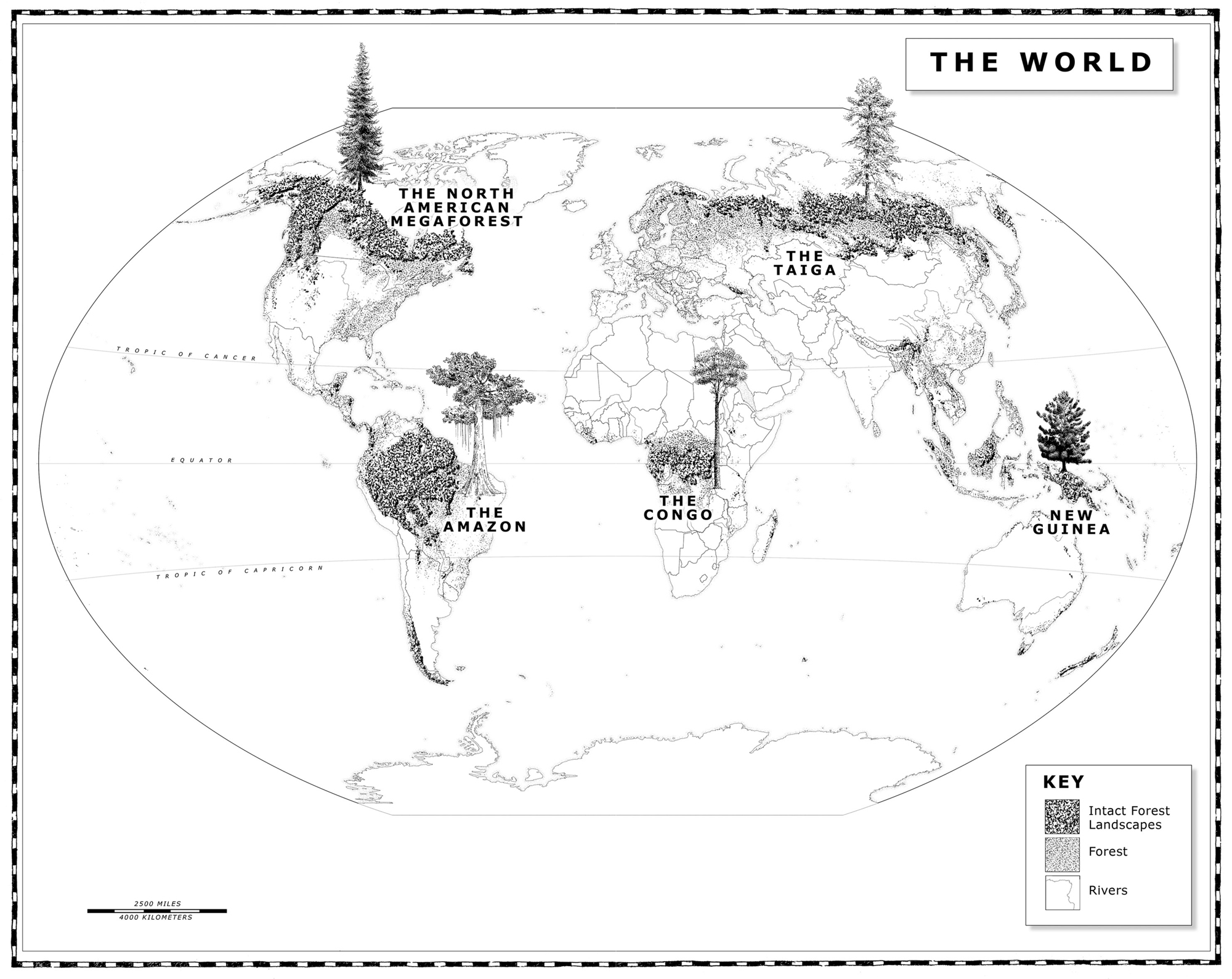
U nits of measurement in general use in the United States differ from those in most other countries. Our inches are divided into fractions rather than decimals and are gathered in groups of twelve to produce feet. We have acres for area (43,560 square feet) and miles for distance (5,280 linear feet). The United States has similarly idiosyncratic volume, mass, and temperature measurements. The purpose of this book is not to promote our quirky weights and measures, nor to advocate for the metric system. We wish for the book to be readily understood by readers in our home country and by readers in other parts of the world. With that goal in mind, here is how weve handled the various dimensions and quantities needed to describe big forests and their contents.
General
In general, we emphasize the US system, with metric conversions for the first mention of the unitsrepeated later in the text where it seems like a good time for a refresher. In some instances, where we are describing scientific findings, for instance, we emphasize the metric measures, which are used in all science, and give their US conversions.
Area
We use acres extensively to describe areas of forest. The acre is roughly half a professional soccer field. 2.47 acres are contained within a hectare, which is the most commonly used metric unit employed by conservationists and scientists for forest areas. Square kilometers, each equal to 100 hectares, are in common use outside the United States to describe especially large areas. The US analogue is the square mile, which is 2.59 square kilometers, or 160 acres.
Distance
We use miles, each of which is equal to 1.61 kilometers.
Volume
US gallons (3.79 liters) are used for liquids. For wood, the US unit is the board foot, each of which contains 144 cubic inches (for instance, a square board 12 inches on a side and 1 inch thick). 424 board feet fit in 1 cubic meter, the metric measure of wood volume.
Weight
The masses of carbon and carbon dioxide are given in metric tons, the unit used in virtually all discussions of the climate-warming gas and the solid element that is part of it. Carbon makes up roughly 50 percent of plant material, also known as biomass, and we also use metric tons for that. When talking about the mass of things other than carbon, we use pounds (2.2 per kilogram) and short tons, which, at 2,000 pounds, are 10 percent lighter than metric tons.
Temperature
Temperature features in our book mainly as degrees of global warming. The measure in degrees Celsius is used globally, including in the United States, and is therefore the pick for our text.
Ever Green
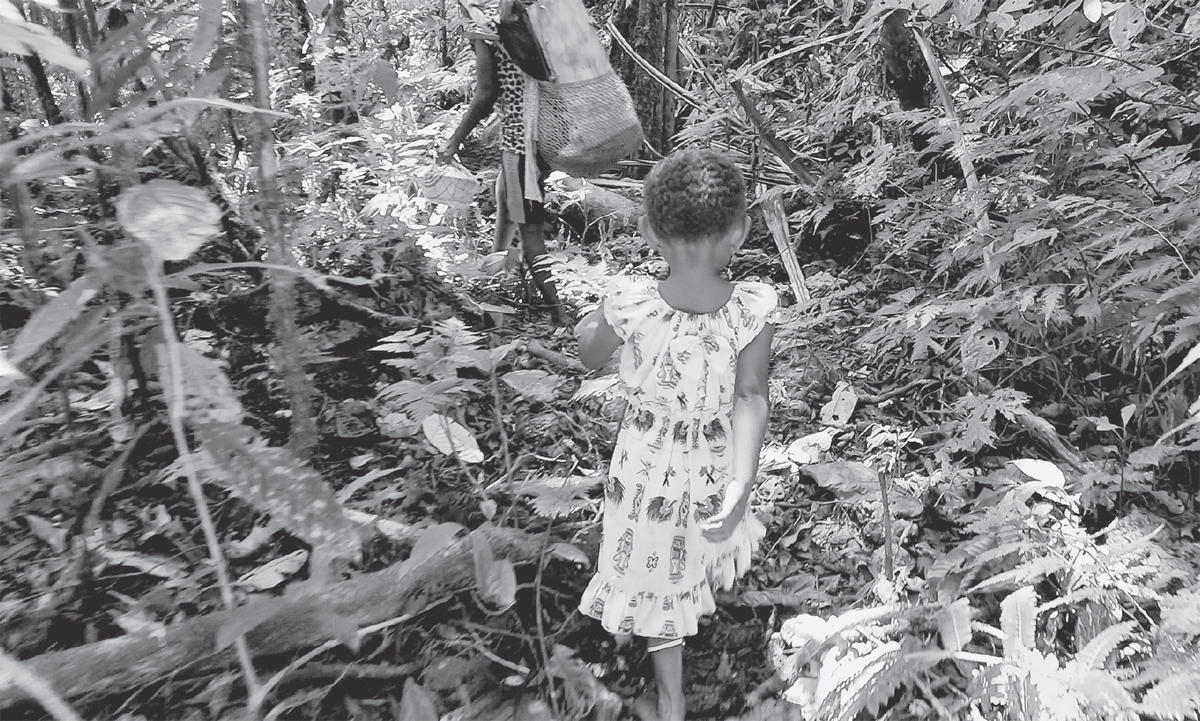
Into the forest in New Guineas Tambrauw Mountains.
B irds of paradise and crossed hatchets decorate her yellow party dress. Bare feet pick a path over roots and rocks and quilts of moist leaves. Little brown hands grip ferns for balance as she lowers herself down a slope so steep you can reach sideways and touch the earth. She weaves through gaps in shoulder-high limestone, ancient corals that were compressed until they had nowhere to go but up and into a new career as mountains. The girls feet seem scarcely to feel the brittle edges. She turns her close-cropped head and gives us a smile, then disappears down the path.
Anastasia is a 2-year-old member of the Momo clan, which, for generations beyond reckoning, has lived in this forest in western New Guinea. She is accompanied by her mother, Sopiana Yesnath, a family friend named Mariana Hae, and Anastasias aunt, Fince Momo, who is shadowed by a limping pointy-eared hunting dog named Hunter. Several visitors scramble to keep up. The way leads into leafy gullies and along a toothy forested ridge. After 3 hours we arrive at a flat spot just big enough for our tents and a fire. Nearby, a clear stream flows over a bed of limestone bulbs formed by the calcium carbonate of ancient shells and exoskeletons that dissolved farther up the mountain.
We set up camp while the elder Momo and her dog head out to fish and hunt. Then Hae takes us for a walk. She points out a tidied bit of terrain belonging to a magnificent bird of paradise. The male of this species displays mating fitness by beak-flinging forest debris away until bare ground is revealed. His two tail feathers are green hoops. He has a blue beak and blue feet, a bright green breast that expands like a cobras hood, and a yellow-and-brown back. The bird has some red on him, too, and, in an arresting final touch, lime green skin on the inside of his mouth. We follow Hae down a near-precipice, gripping trees. She descends like liquid, only slightly slower than free fall. Near the bottom we consider a loaded langsat tree. The fruits are kiwi-sized, with delicious, tart, translucent white flesh protected by thin leathery skin. But theyre out of reach. Hae spiders up into the tree and drops down bunches. When we reach the narrow valley floor, we strip and flop into the emerald current of the Iri River.
This is the heart of a megaforest, one of five stunningly large, wooded territories that remain on Earth. New Guinea is the smallest of the five. Its an island situated just north of Australia, twice the size of California and almost completely covered in trees. Its western half is ruled by Indonesia, while the east is the independent nation of Papua New Guinea.
Next in size is the Congo, occupying Africas wet equatorial middle, including parts of the Democratic Republic of the Congo, the much smaller Republic of the Congo, Cameroon, Gabon, the Central African Republic, and Equatorial Guinea.
The Amazon is the largest tropical megaforest, roughly double the Congos extent. It covers most of South Americas bulge and is shared by eight independent statesBrazil, Peru, Colombia, Bolivia, Ecuador, Venezuela, Guyana, and Surinameand the department of French Guiana.
The far north holds the two largest forests on Earth. They are called boreal, after Boreas, Greek god of the north wind. Their boundaries are defined by a mean temperature range of 50F68F (10C20C) in the warmest month of the year. The North American boreal zone starts on Alaskas Bering seacoast, marches across the state, and sweeps southeast through Canada, all the way to its Atlantic shore.
The other boreal forest and largest of all megaforests is called the Taiga. Its almost entirely in Russia, extending from the Pacific Ocean across all of Asia and far-northern Europe and from the Arctic Circle south to Central Asia.
